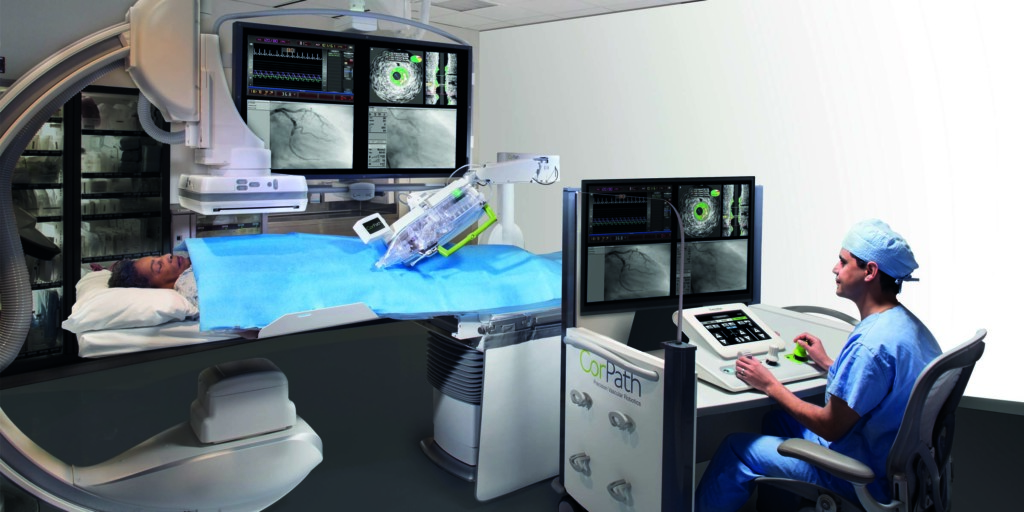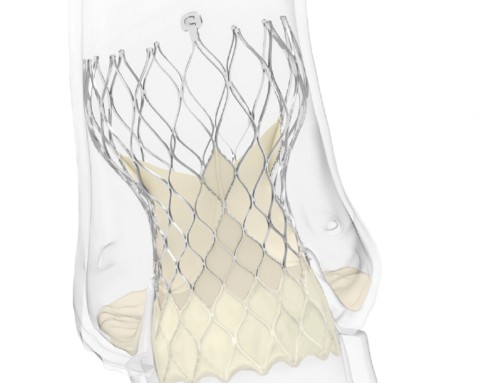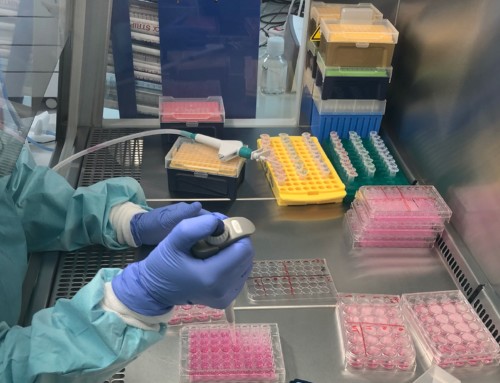
CorPath GRX
Corindus, now part of Siemens Healthineers, has completed the first multi-city, transcontinental percutaneous coronary intervention (PCI) simulations in the USA over three network connection types: 5G wireless, dedicated fibre, and commercial public internet networks. A press release reports that Ryan Madder (Frederik Meijer Heart & Vascular Institute, Spectrum Health, Grand Rapids, USA)successfully completed a total of 36 cases in the same day between Waltham and New York City, and between Waltham and San Francisco (all USA).
The procedures, completed on 24 October using Corindus CorPath GRX system with prototype remote technology and were performed with vascular simulators located in New York and San Francisco, 200 and 3,000 miles away, respectively. The press release notes that all network types enabled low-latency connections and successful completion of procedures, demonstrating feasibility of long-distance telerobotic intervention.
Previously in 2018 and 2019, Corindus completed multiple simulated telerobotic studies up to 100 miles away, as well as the world’s first-in-human telerobotic PCI procedures, performed in India by Tejas Patel (Apex Heart Institute, Ahmedabad, India) from approximately 20 miles away. According to the press release, these previous achievements—along with this multi-city, transcontinental milestone—further confirm the company’s vision that remote procedures will reshape standard of care by shortening time to treatment for emergent medical events such as myocardial infarction and stroke, and expanding access to high-level care for geographically constrained and underserved patient populations.
Madder says: “We have successfully demonstrated that a physician can use a robotic system in a manner necessary to open a blocked artery despite being 3,000 miles away. This represents the next step in achieving our ultimate goal of providing remote cardiovascular care to patients suffering a heart attack or stroke who do not currently have access to potentially life-saving coronary and stroke interventions. Corindus’ technology enables me to have a live view of what is happening in the procedure room, while precisely controlling coronary devices in real-time with the robot from a remote location. Our study suggests it may eventually be possible for interventional cardiologists to use robotic technology to safely and effectively perform coronary procedures from any one point to another, anywhere in the country.”
Doug Teany, chief operating officer of Corindus, states: “We are thrilled by this transcontinental procedure milestone we have achieved. The successful completion of these procedures provides us with confidence and excitement about integration with future commercial 5G networks. 5G connections can open a new set of opportunities as we explore integrating telerobotics with capabilities such as artificial intelligence and edge-computing; although, our successful experience with the public internet connection today confirms that transcontinental telerobotic intervention is already feasible on existing public internet infrastructure.”





